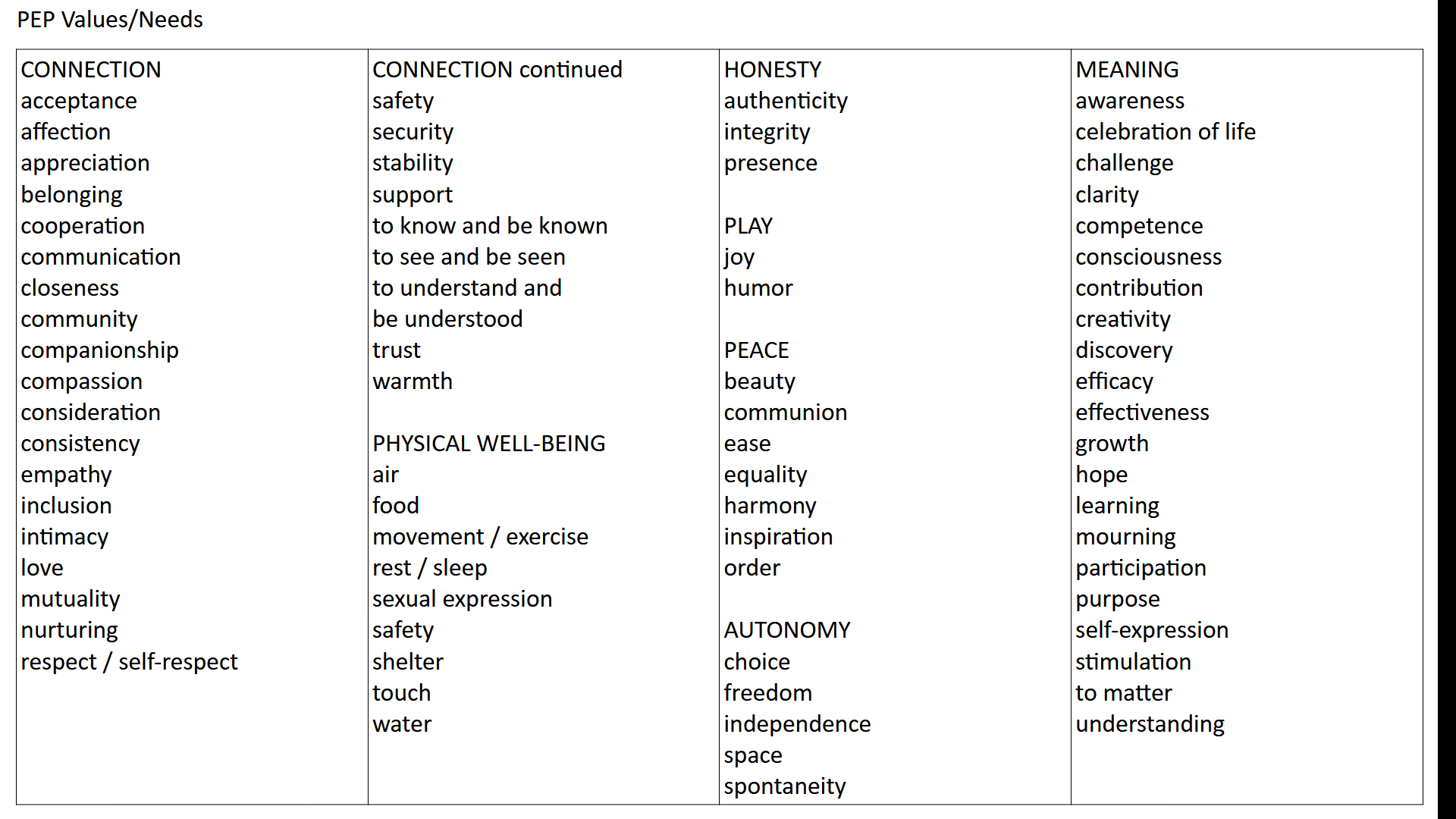12.5 minute talk on Chapter 17 – Master Debate from the A Practical EmPath: Rewire Your Mind book by Scott Howard Swain.
video created with the help of AI tools
Summary
This talk on “Chapter 17 Master Debate” outlines Practical Empathy Practice (P.E.P.) as a method for effective communication, particularly within debates. It emphasizes using P.E.P. to understand opposing viewpoints, address emotions, and identify shared values or needs, asserting that this approach can transform debates into productive discussions and lead to common ground. The source details how acknowledging the other side’s perspective and underlying motivations can build rapport and enhance persuasive arguments. Furthermore, it introduces “steel-manning” as a complementary technique that involves charitably representing an opponent’s argument to foster mutual understanding and move beyond adversarial dynamics. The text provides practical examples of P.E.P. in conversational scenarios to illustrate its application.
Briefing document:
“Chapter 17 – Master Debate” from Scott Howard Swain’s “A Practical EmPath: Rewire Your Mind” book introduces and elaborates on the concept of Practical Empathy Practice (P.E.P.) as a method for transforming debates into productive discussions and achieving more effective outcomes, including “winning.” The core idea is that empathy can bridge divides, facilitate understanding, and lead to common ground, even in highly contentious topics like politics.
Key Themes and Most Important Ideas:
1. The Purpose and Goals of Practical Empathy Practice (P.E.P.) P.E.P. is defined as “a way of listening and speaking with ourselves and others where the primary goals are to liberate, understand, strengthen connection, increase responsibility, display clarity, and empower self and others.” While these are the primary goals, the author notes that individual goals can differ, hinting at its applicability in a debate setting, where “winning” might be a goal.
2. Core Components of P.E.P. P.E.P. is built upon three key components, with “needs and values” being synonymous:
Observation without evaluation: Primarily focusing on the other person’s words, with subconscious processing of body language cues like frowns or smiles. The emphasis is on “mostly their words.”
Feeling: Recognizing one’s own feelings and guessing at the feelings of others.
Values/needs/motives/wants: Guessing at one’s own and others’ underlying values, needs, motives, or wants.
3. The Role of Empathy in Debate Transformation The central premise is that “Empathy can transform debates into bridges. It can also help you win.” P.E.P. is presented as a tool to:
Understand opposing viewpoints: By “choos[ing] to see the issue from the other side’s perspective, empathize with their values / needs, and consider the context of their experiences.” This allows debaters to anticipate arguments, make their own arguments more persuasive, and potentially transform debate into agreement. Acknowledging the other side’s viewpoint demonstrates “openness, curiosity, and respect for diverse perspectives,” encouraging them to be open to your ideas.
Address feelings: Emotions often run high in debates. P.E.P. provides a way to “recognize and acknowledge the feelings of both the opposing side and the audience.” This creates a more positive environment and helps in understanding “underlying values / needs,” as identifying feelings can be “a springboard to increase ease for identifying values / needs.”
Understand Values/Needs: This is crucial for constructive conversation. When the opposing side “feels heard and understood, they are more likely to engage in a productive conversation and consider alternative viewpoints.” By understanding an “opponent’s” values/needs, debaters can frame their arguments more persuasively and credibly, aligning with the “know thy enemy” principle from a previous chapter. This also helps avoid “misunderstandings and misrepresentations” and prevents getting “side-tracked into addressing the other side’s defense or corrections.”
Finding Common Ground: Debates can identify areas of agreement by using P.E.P. to “identify the values and needs that underlie each side’s position.” This helps find “areas where their values / needs overlap and use these as a starting point for finding common ground.” The text provides a powerful example quote: “It seems that we share a value for human flourishing and are merely supporting different strategies for increasing flourishing. How does that sound to you?” Acknowledging valid points from the opposing side builds trust and respect, leading to more productive discussions and demonstrating reasonableness.
4. The “Steel-Man” Approach The concept of “steel-manning” is introduced as an advanced application of P.E.P. It involves genuinely understanding and presenting the strongest, most charitable interpretation of an opponent’s argument, even in disagreement. This aligns with P.E.P.’s “empathetic listening,” which “goes beyond the surface-level content of what is said and seeks to connect with the underlying human motivations.” Steel-manning “humanizes opponents,” transforming debates from “a battleground of ego-driven rhetoric into a realm of respectful understanding and problem-solving,” promoting “transparency, trust, and empathetic engagement.” It is described as a “robust cornerstone of constructive and compassionate human interaction.”
5. “No-No’s” and Tips in P.E.P. The text offers clear guidance on what to avoid and what to be mindful of:
Do not say: “You are wrong” or “That is wrong!”
Do not counter arguments before empathizing.
Avoid using statistics until necessary, as they can be “tweaked.”
Be aware of the balance between quoting sources/authorities and using personal knowledge/experience.
Be careful if your goal is to change the other person’s perspective, as “If not expertly done, this can lead to a ‘pushy’ interpretation, which can reduce trust and possibly cause the other person to dig their heels in.”
6. P.E.P. and Feelings (Important Nuance) A specific rule regarding feelings is highlighted: “we do not ‘make’ anyone feel anything. We may stimulate a feeling but then it is the person’s choice how they process what was said.” Therefore, the phrasing should be: “When you heard that, did you feel…?” or “Did you feel ___ when you saw…?” rather than “When you said that thing, it made me feel…”
7. Sample Conversations Demonstrating P.E.P. in Practice The document includes five sample conversations across diverse, often contentious, topics (healthcare, climate change, gun control, wealth redistribution, renewable energy). These examples effectively illustrate how P.E.P. is applied by:
Starting with open-ended questions that seek to understand the underlying concern or feeling (“Are you concerned about hindering progress in healthcare?”).
Identifying and reflecting back the expressed values/needs (“Sounds like you value efficiency and innovation,” “Is economic stability a high priority for you?”).
Acknowledging shared values/needs to build common ground (“Looks like we both worry about human suffering and want more humans to thrive,” “We have the same underlying values on this. I, too, want us to have an environment where healthcare can be affordable!”).
Creating an opening for reciprocal understanding and brainstorming solutions (“What are your thoughts?” “Could there be a way to ensure responsible ownership?”).
In summary, “Master Debate” advocates for P.E.P. as a systematic, empathetic approach to debate that prioritizes understanding, connection, and the identification of shared values/needs over adversarial tactics. It suggests that by doing so, debaters can not only be more persuasive and effective in “winning” but also foster more constructive, collaborative, and respectful interactions, ultimately leading to more productive outcomes and even agreement.
The full values / needs list:










Recent Comments